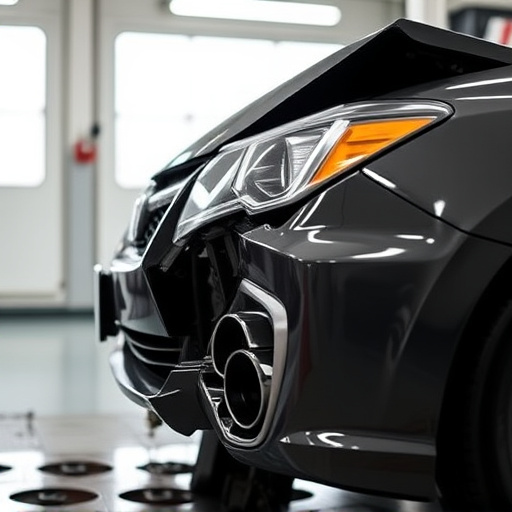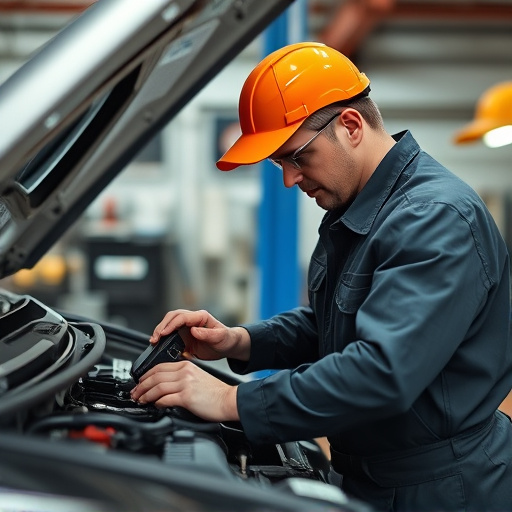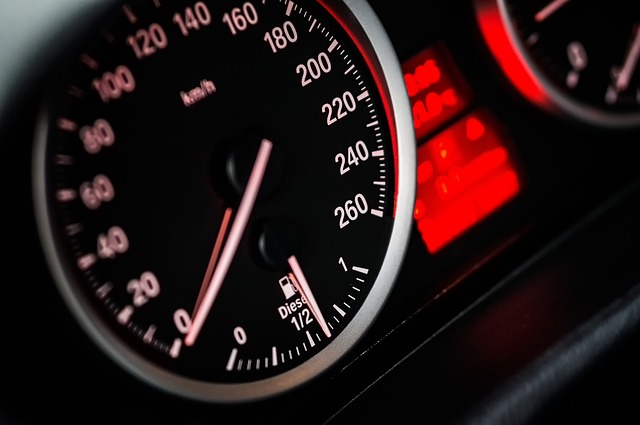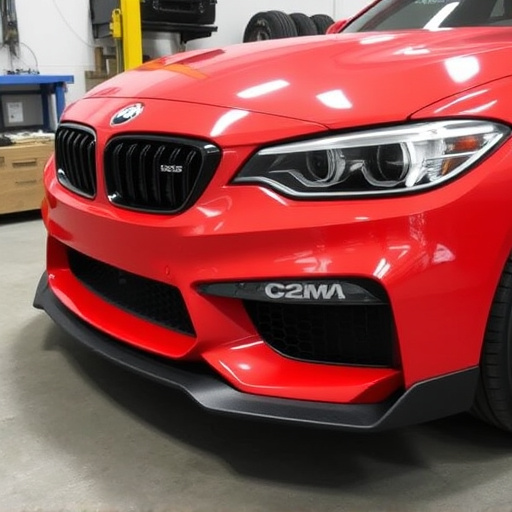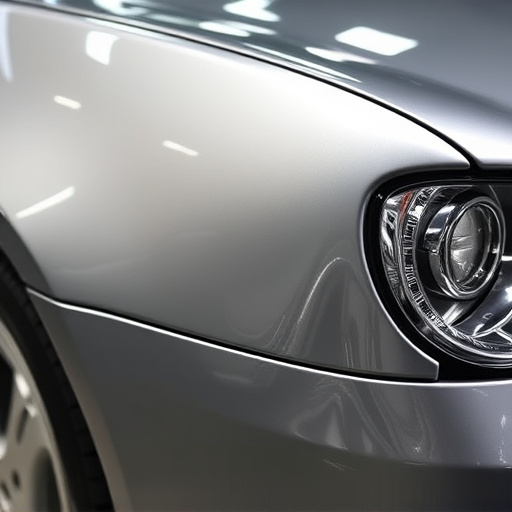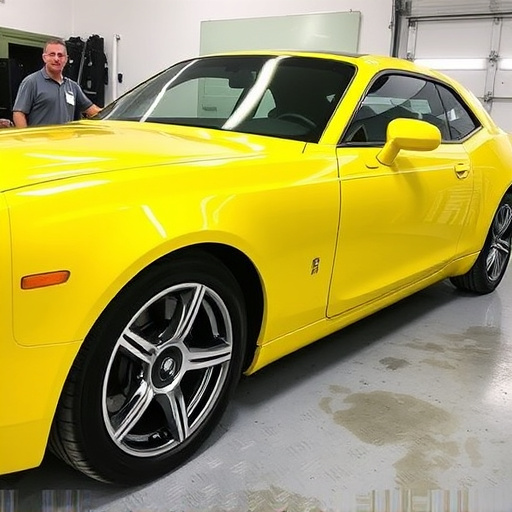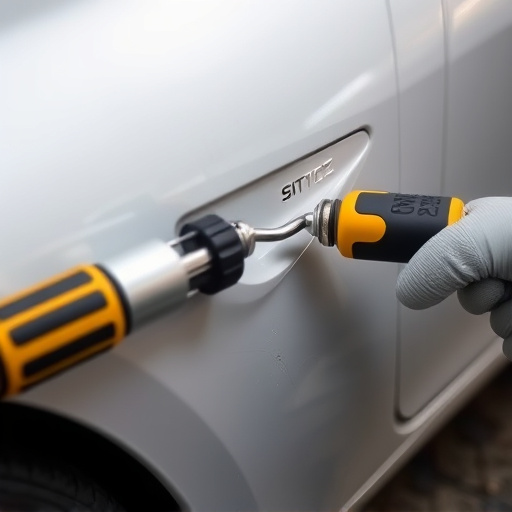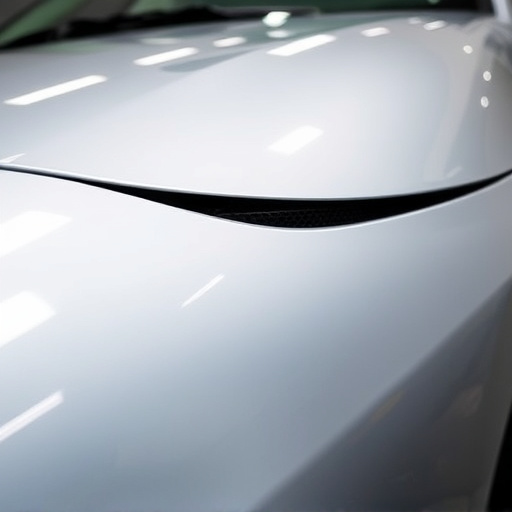Tesla safety cell restoration is a specialized process crucial for maintaining high safety standards after crashes. It involves meticulous inspections, disassembly, precise measurements, structural realignment, and advanced material use to restore the vehicle's safety cell—a network of interconnected components designed to deform and absorb energy during collisions. This rigorous procedure ensures restored Teslas meet stringent industry crashworthiness standards, comparable to top-tier automotive collision repair.
Tesla’s innovative Safety Cell design sets industry standards for vehicle crashworthiness. This robust structural framework is pivotal in protecting occupants during collisions. In this article, we explore the intricate process of restoring and certifying the Tesla Safety Cell. From understanding its complex architecture to the meticulous step-by-step restoration process, we delve into ensuring these vehicles meet stringent safety criteria. Additionally, we’ll uncover how achieving crashworthiness certification guarantees drivers’ and passengers’ well-being on the road.
- Understanding Tesla Safety Cell Design
- Restoring Crashes: Step-by-Step Process
- Achieving Crashworthiness Certification
Understanding Tesla Safety Cell Design

Tesla’s Safety Cell is a revolutionary concept that forms the backbone of their vehicle design, prioritizing passenger safety above all. This innovative structure is more than just a frame; it’s an intricate network of interconnected components engineered to deform and absorb energy during a collision, protecting the occupants. By focusing on advanced materials and precision engineering, Tesla has created a robust system that sets new standards in crashworthiness.
Understanding the Safety Cell involves recognizing its key elements: an ultra-strong, lightweight frame, sophisticated crumple zones, and advanced airbag systems. The restoration process for these vehicles requires specialized knowledge and techniques. An automotive body shop with expertise in Tesla safety cell restoration can expertly handle frame straightening and other repairs while preserving the vehicle’s integral safety features, ensuring that restored Teslas maintain their high-safety standards comparable to a classic car restoration done right.
Restoring Crashes: Step-by-Step Process
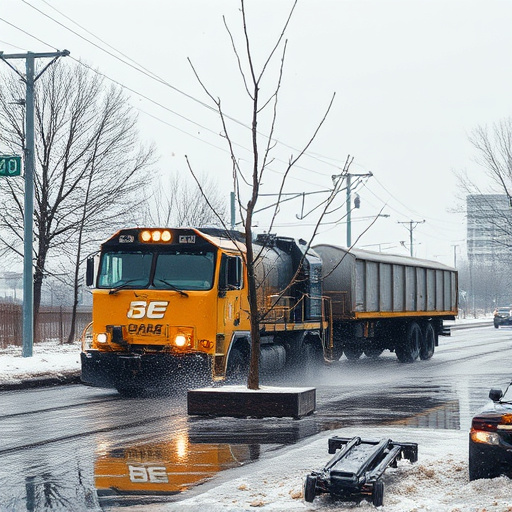
Restoring a Tesla to its original safety standards involves a meticulous process known as Tesla safety cell restoration. After a crash, the vehicle’s structure and safety systems must be thoroughly assessed and repaired. This ensures the car meets the highest safety criteria for both occupants and pedestrians. The steps typically begin with a detailed inspection to identify damage, followed by disassembly of affected panels and components. Each part is then meticulously measured and compared to original specifications to ensure accurate replacement.
Specialized tools and techniques are employed to realign and reinforce structural elements, ensuring the vehicle’s integrity. Advanced materials and engineering principles are utilized for optimal crash performance. Throughout this process, various tests may be conducted to verify the safety of critical systems like airbags, seatbelts, and crumple zones. This meticulous approach is comparable to that used in top-tier automotive collision repair, such as those seen in Mercedes Benz models, focusing on both functionality and aesthetics to deliver a restored vehicle that’s as safe as new.
Achieving Crashworthiness Certification
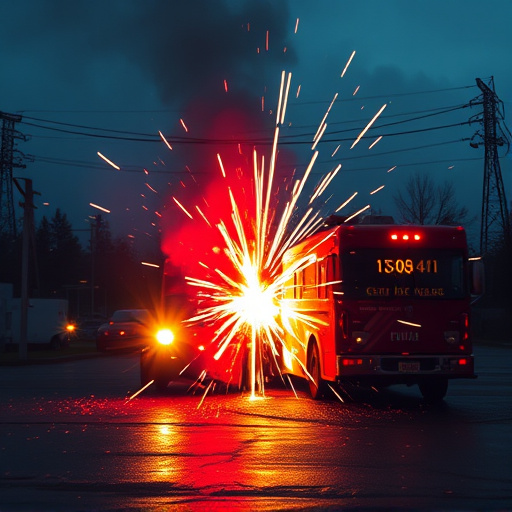
Achieving Crashworthiness Certification is a multifaceted process designed to ensure that Tesla vehicles maintain their structural integrity and safety in the event of a collision. The core of this certification lies in the meticulous restoration of the vehicle’s safety cell, which includes its frame and critical components. Skilled technicians at specialized collision repair shops employ advanced techniques and original equipment parts (OEM) to return the safety cell to its pre-collision condition, ensuring it meets stringent industry standards.
This rigorous process involves a series of inspections, tests, and adjustments to guarantee that every element is in optimal working order. From aligning the frame to replacing damaged or worn-out parts, each step is crucial in maintaining the vehicle’s crashworthiness. In the case of Tesla models, this endeavor is further enhanced by the brand’s commitment to innovation, ensuring that restoration methods are up-to-date with the latest advancements in automotive safety and technology—a factor that sets them apart from traditional auto maintenance practices, especially when compared to brands like Mercedes-Benz repair shops.
Tesla’s commitment to safety is evident in its revolutionary Safety Cell design. By restoring and certifying crashworthiness, Tesla ensures that their vehicles meet the highest standards of protection for all occupants. Through a meticulous process involving understanding the unique structure, step-by-step restoration, and rigorous certification tests, Tesla continues to push boundaries in automotive safety. This dedication to Tesla safety cell restoration is a key factor in the company’s ongoing success and its mission to make electric vehicles safer for everyone on the road.

